Retirement often brings dreams of a quieter pace, warmer weather, and affordable living—but for many longtime residents, those same retiree-driven changes can feel like growing pains. Across the U.S., certain towns have become magnets for older adults looking to stretch their pensions, enjoy natural beauty, or settle near health care hubs. While that sounds like a win for local economies, it also means higher housing costs, traffic congestion, and shifting community vibes—leading some lifelong locals to pack up and move out. These 14 towns are welcoming retirees in droves, even as the people who once called them home look elsewhere for affordability and familiarity.
1. Asheville, North Carolina
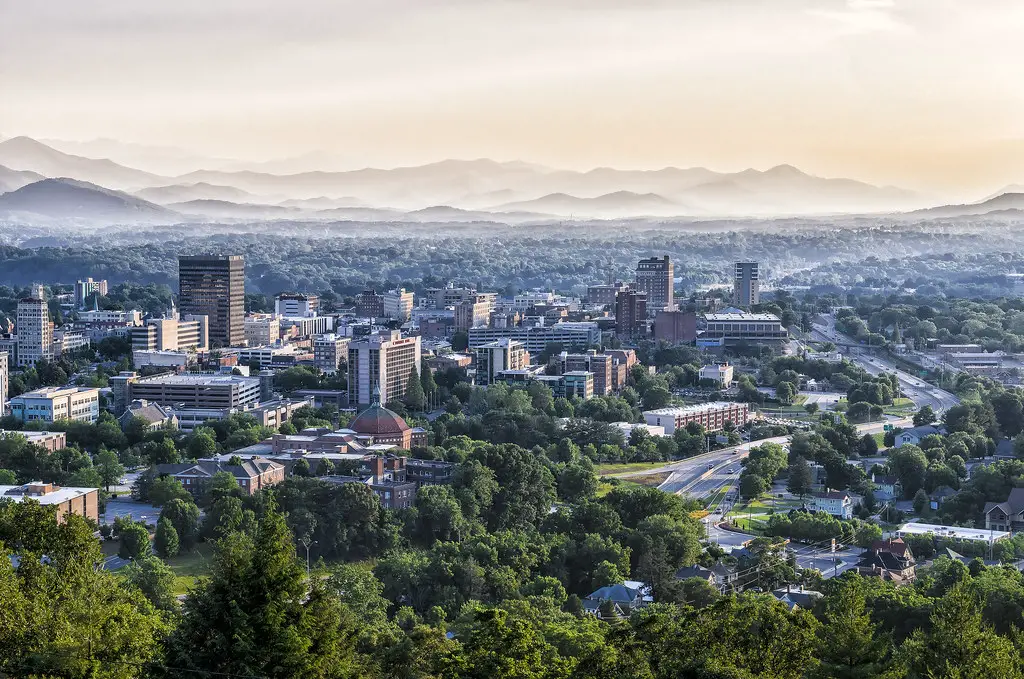
Asheville’s artsy vibe and proximity to the Blue Ridge Mountains make it a retiree favorite, especially for those seeking culture and scenery. According to Forbes, it’s consistently ranked among the best retirement destinations thanks to its walkability, mild climate, and thriving local food scene. But locals are feeling the squeeze—rising housing costs and crowded infrastructure are making it harder for younger residents to stay rooted. Median home prices have climbed steeply, with many starter homes now priced out of reach.
Longtime locals are also facing increased competition for rentals, and service workers have a hard time finding affordable places near their jobs. While retirees may bring spending power, they also bring expectations that can shift the town’s character. From boutique development to escalating property taxes, change has come quickly. For many, the mountain views no longer come with peace of mind.
2. Bozeman, Montana
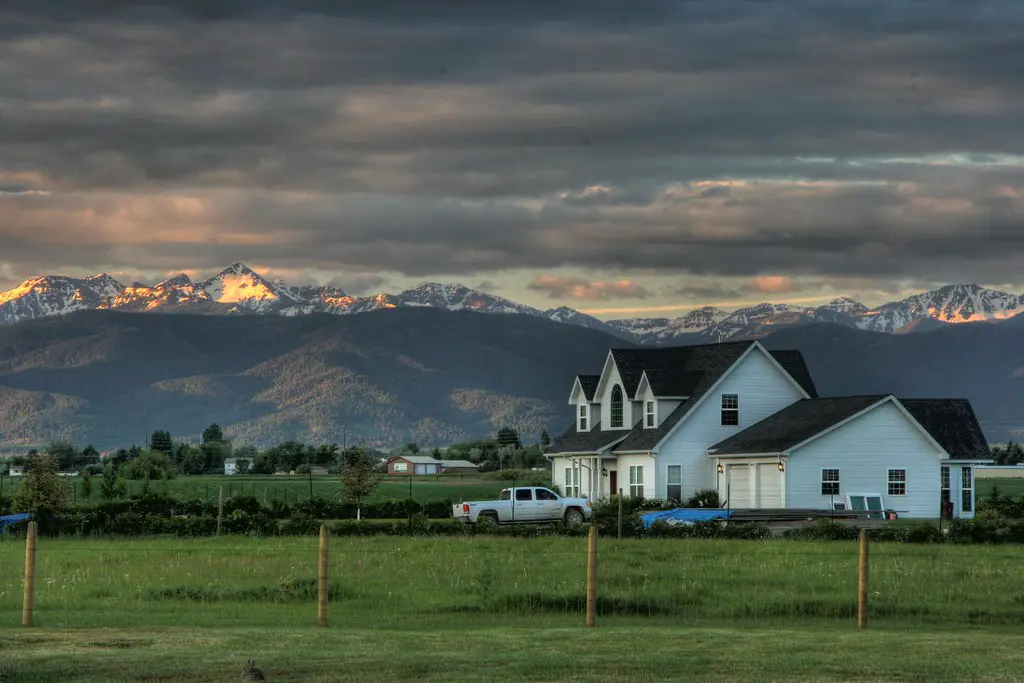
Bozeman’s crisp air, access to national parks, and welcoming downtown have made it a hot spot for retirees with adventurous spirits and deep pockets. As noted by Zillow, the city’s home prices more than doubled over the past decade, largely driven by in-migration from wealthier regions. That boom is pricing out younger locals and longtime residents who can no longer compete in bidding wars or find workforce housing. For them, the lifestyle they grew up with is being reshaped by a different demographic.
Even basic rentals are harder to come by, and locals are increasingly commuting from farther out. Retirees, meanwhile, often purchase second homes or luxury condos, accelerating the demand. The city’s growth has fueled tensions over zoning, tourism, and local identity. While some welcome the prosperity, others are saying goodbye to the Bozeman they once knew.
3. Sedona, Arizona

Sedona’s red rock vistas and healing-energy reputation have drawn wellness-minded retirees for decades. Forbes reports that it’s become even more popular post-pandemic, as retirees seek scenic beauty and a slower pace of life. But the influx has had a ripple effect—housing prices have skyrocketed, and many locals now commute from neighboring towns. Once-affordable neighborhoods have transformed into luxury enclaves, often populated by seasonal or part-time residents.
This shift has disrupted the workforce, pushing teachers, service workers, and even small business owners to consider relocating. Tourism surges have added to the pressure, creating traffic, water scarcity, and strained resources. Locals sometimes feel like visitors in their own town. For every yoga retreat that opens, another native says it’s time to leave.
4. Sarasota, Florida
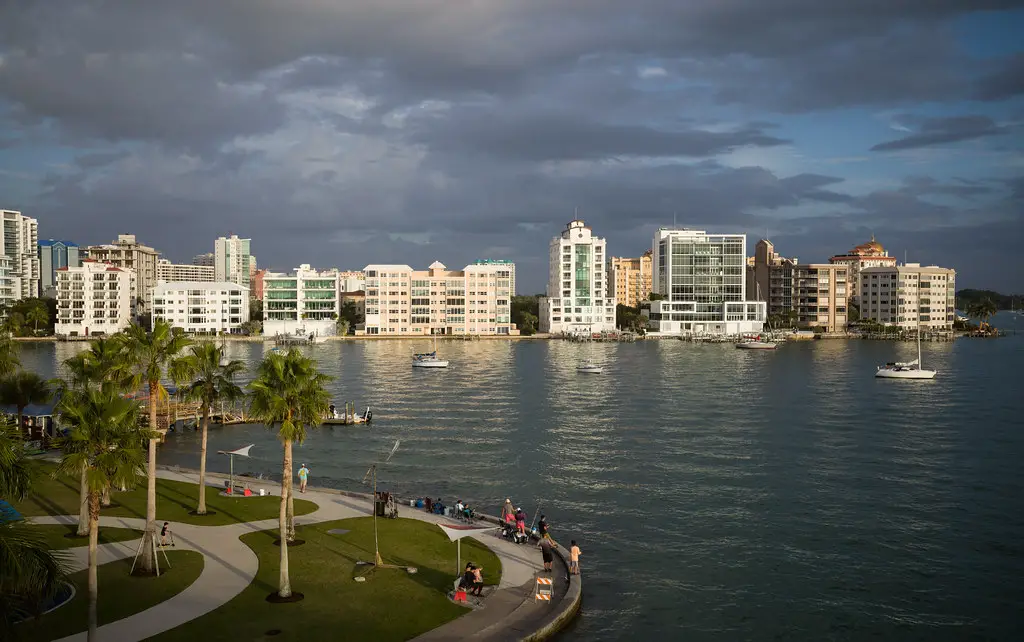
Sarasota has long been a Florida retirement favorite, thanks to its Gulf Coast charm, cultural institutions, and access to top-notch health care. According to Your Observer, the city remains a top destination for retirees seeking sunshine and tax benefits, with 38% of its population over the age of 60. But that influx is pushing up costs for everyone else—home prices and HOA fees have soared, pricing out younger families and first-time buyers. What used to be a sleepy beach town now grapples with high-rise development and congestion.
Many locals lament the loss of affordable beachfront access and the changing pace of life. What retirees see as paradise, locals sometimes view as overbuilt and overcrowded. Infrastructure hasn’t always kept pace, and traffic during snowbird season can be intense. For some residents, the question isn’t whether to leave—it’s when.
5. Bend, Oregon

Once a quiet outdoor haven, Bend has become a retiree hotspot for those drawn to its high-desert scenery and mild climate. Property values have surged in response, making it harder for long-term residents to stay. The city has seen rapid development, including retirement communities and upscale housing, leaving limited inventory for middle-income families. Rental rates have climbed sharply too, with vacancy rates remaining low.
Bend’s popularity with active retirees means more luxury golf courses, boutique stores, and restaurants—but fewer options that cater to the working class. Locals report feeling priced out of their own neighborhoods or pushed into surrounding areas. The result? A growing divide between new arrivals and the people who built the community’s original charm.
6. Prescott, Arizona
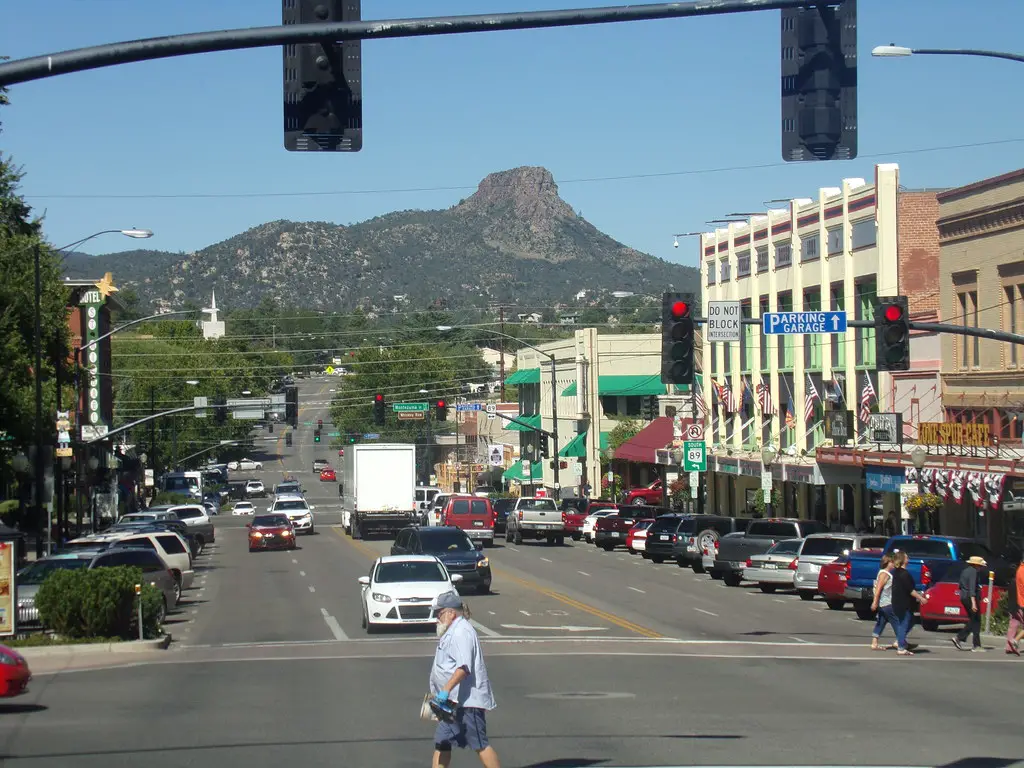
Prescott is another Arizona town seeing a demographic shift, as retirees seek mountain views without the Phoenix heat. The town offers a slower pace, historic downtown, and moderate weather that appeal to aging buyers. But longtime residents have noticed the side effects—rising home prices, increased property taxes, and a greater demand for limited health care resources. Many younger locals have relocated to cheaper areas, unable to match the buying power of out-of-towners.
As Prescott pivots toward retirement-centric amenities, some feel the community is losing its generational diversity. Even popular schools have seen enrollment drops as young families move away. Locals worry that essential workers—from EMTs to teachers—will find it harder to stay. The very qualities that made Prescott a great hometown are becoming harder to preserve.
7. Coeur d’Alene, Idaho
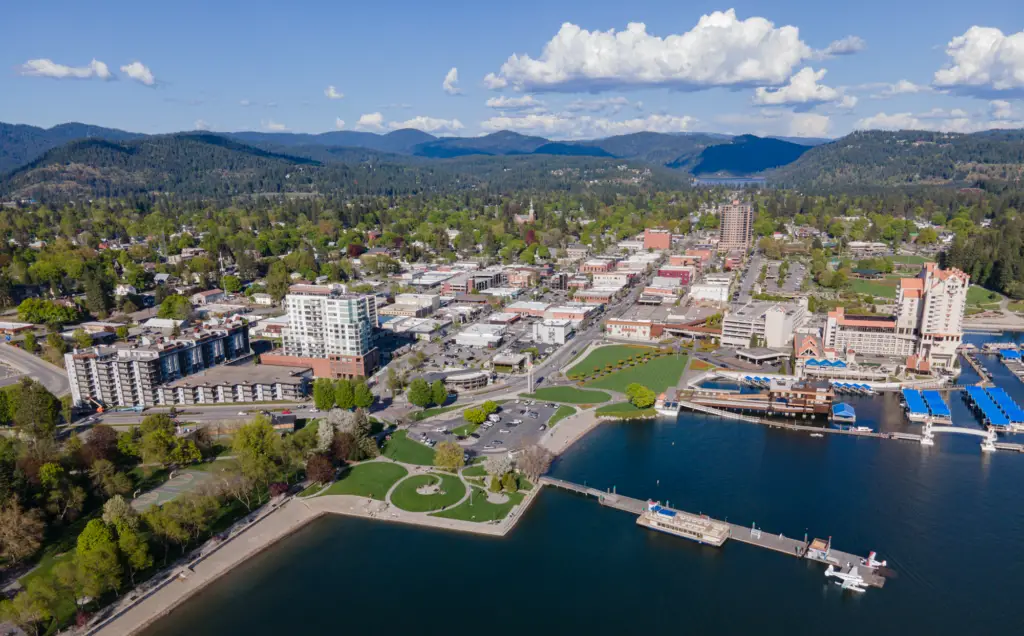
Known for its scenic lake and outdoor recreation, Coeur d’Alene has become a magnet for affluent retirees from the West Coast. That influx has triggered a major housing crunch—home prices have doubled over the past few years, far outpacing wage growth for locals. Many longtime residents now live farther from town or have left the area altogether. Meanwhile, retirees continue to purchase properties for cash, often sight unseen.
The city’s character is also shifting from small-town Idaho to a more polished, resort-like atmosphere. While that’s great for tourism and real estate, it’s been tough for the local workforce. Affordable rentals are scarce, and waitlists for housing assistance keep growing. It’s a picturesque place to retire—but not necessarily to raise a family anymore.
8. St. George, Utah

St. George is rapidly growing, especially with retirees drawn to its desert beauty and mild winters. New golf communities and gated neighborhoods are springing up, bringing in revenue and boosting home values. But the downside is a dramatic cost-of-living increase, pushing locals into smaller towns or even out of state. Public services, like water infrastructure and roads, have struggled to keep pace.
Many locals voice frustration at traffic, overcrowded trails, and what they see as a loss of the town’s laid-back culture. With retirees making up a growing portion of the population, demand for senior services outpaces investment in schools or youth programs. For younger families and native residents, it’s increasingly hard to stay. The town that was once a hidden gem now feels oversaturated.
9. Greenville, South Carolina

Greenville has gained attention as a vibrant small city with charm, walkability, and plenty of arts and dining—traits retirees love. But those same features have drawn national attention, causing home prices and rental rates to surge. Locals say it’s harder than ever to find housing, and new construction often targets wealthier transplants. That leaves fewer affordable options for first-time buyers and younger families.
The downtown revitalization, while a point of pride, has also pushed out some longtime businesses. Service workers increasingly live outside city limits and commute in. Retirees may see a lively destination, but locals see the growing pains. Balancing growth and affordability remains a challenge.
10. Santa Fe, New Mexico

Santa Fe’s rich culture, natural beauty, and laid-back vibe make it a favorite for artistic and spiritual retirees. However, the influx has driven up housing demand, leaving longtime residents grappling with increased rent and home prices. Service workers, artists, and even public employees often struggle to find housing near their jobs. Gentrification has reshaped many neighborhoods, altering the city’s identity.
As the local economy shifts toward serving retirees and second-home owners, some feel disconnected from what Santa Fe used to be. While tourism thrives, many locals quietly exit for more affordable communities nearby. The cost of living no longer matches local wages. And that reality is forcing some to let go of the town they love.
11. The Villages, Florida

Known as a retiree mecca, The Villages has exploded in population over the past two decades. Its rapid expansion into surrounding towns has sparked concern among local residents and business owners. While retirees enjoy an idyllic, age-restricted lifestyle, younger locals face rising home prices and traffic from sprawling development. Some neighboring towns have pushed back on new construction.
Although the retirement community brings jobs, many are low-wage service positions that don’t support the rising cost of living. Infrastructure and public schools can also feel the strain as resources shift toward retiree needs. The cultural divide between locals and The Villages’ residents continues to widen. For many, living near the nation’s fastest-growing retirement hub has become a mixed blessing.
12. Bluffton, South Carolina

Bluffton’s location near Hilton Head and its coastal charm make it appealing to retirees looking for a more affordable alternative to pricier islands. But the town’s rapid development has changed its feel almost overnight. Locals have watched farms and forests give way to subdivisions and golf communities. Median home prices have risen quickly, leaving many feeling priced out of their own neighborhoods.
With that shift comes increased traffic and overburdened public services. Young families and working professionals find it harder to put down roots. Some residents are choosing to relocate to smaller inland towns. The charm remains, but it’s no longer the hidden gem it once was.
13. Flagstaff, Arizona
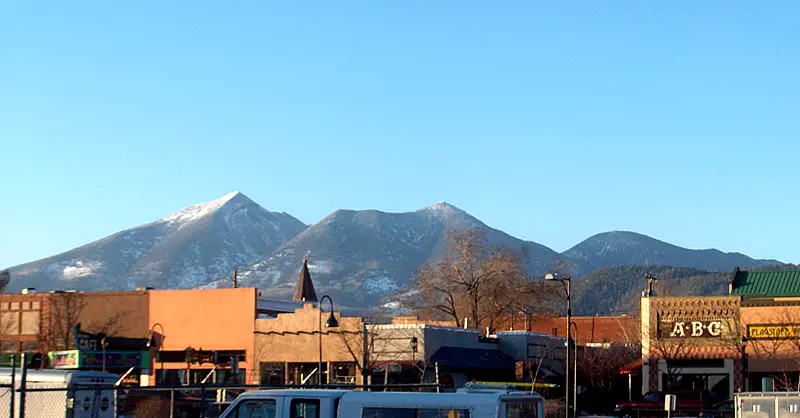
Retirees are drawn to Flagstaff’s cool weather, forested setting, and strong sense of community. But local affordability is a growing issue—especially with retirees paying cash for homes and new construction aimed at high-income buyers. Rents are rising, and inventory is tight. Service workers, students, and even faculty from nearby universities are being priced out.
Locals say Flagstaff’s small-town charm is at risk as demand outpaces growth in infrastructure and housing. While retirees love the laid-back vibe, the people who grew up there feel pushed to the margins. It’s becoming increasingly difficult to make a life in the town without a high income or outside wealth. And many are deciding to move on.
14. Missoula, Montana
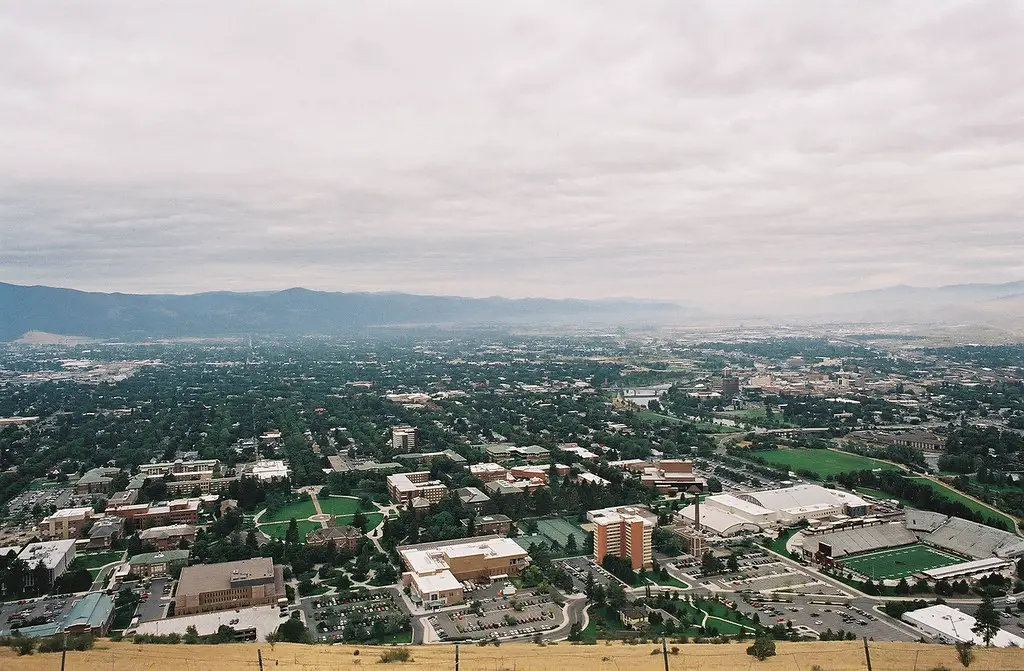
Missoula has seen a noticeable influx of retirees in recent years, thanks to its cultural offerings and scenic riverside location. But that influx has contributed to a severe housing crunch and rising home prices. Younger locals and working families often find themselves competing with cash offers from out-of-state retirees. Rentals, too, are becoming scarce and expensive.
The city’s growth has strained public services and contributed to increased traffic and environmental concerns. Locals say the town’s bohemian charm is giving way to high-end development. While retirees enjoy the amenities, many longtime residents are quietly planning their exit. What was once a laid-back college town is now a competitive—and increasingly pricey—market.
